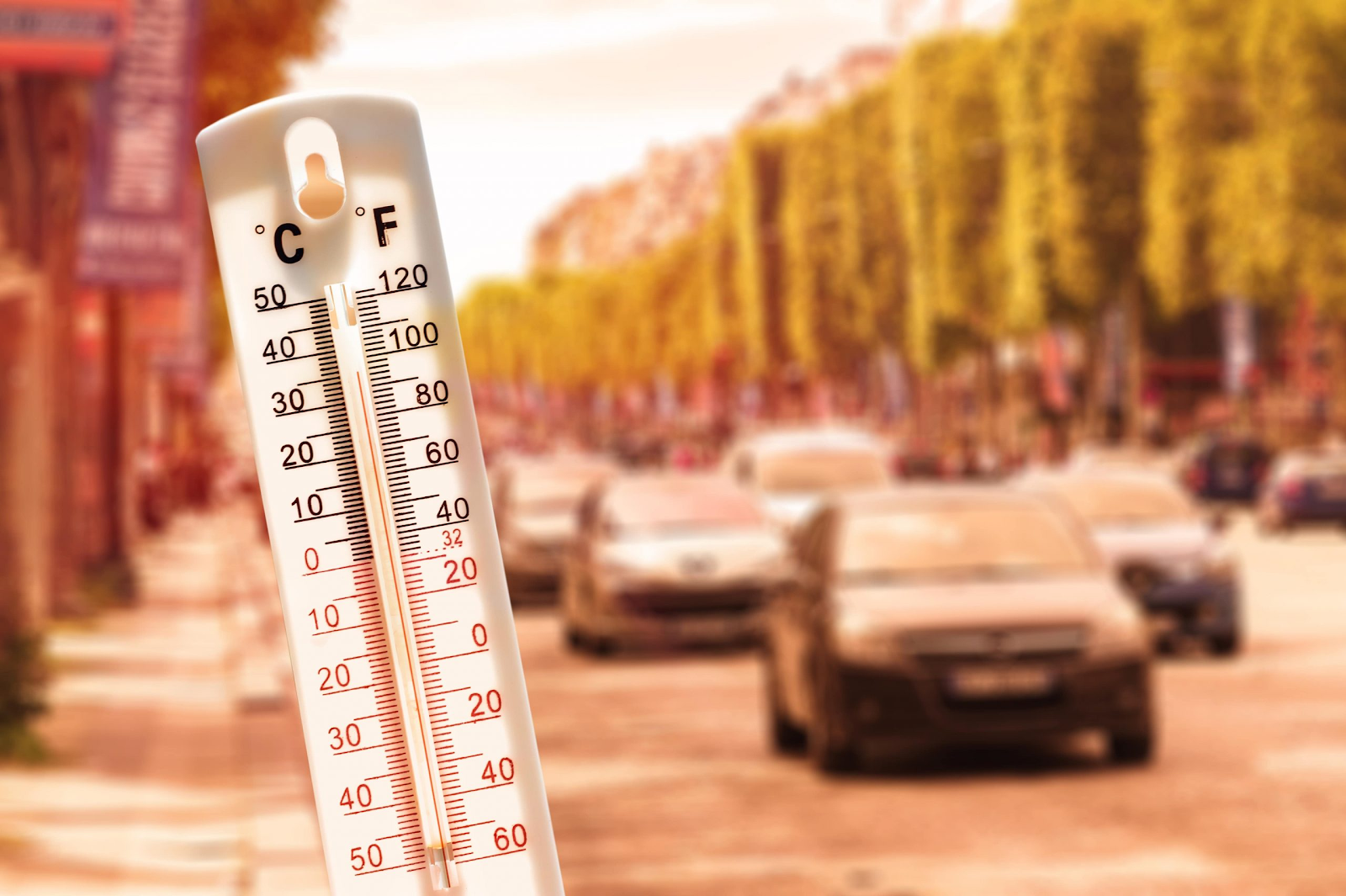US cities at risk of Middle Eastern temperatures by 2100
According to a recent estimate, 16 US cities face the possibility of experiencing summer temperatures comparable to those found in parts of the Middle East by the end of the century. The climate catastrophe threatens to subject many Americans to completely new climatic realities.
This summer, heatwaves have wracked large portions of the US, putting about a third of the population under some kind of heat alert and causing Great Plains regions to experience temperatures as high as 115F (46C). From Portland, Oregon, which on Tuesday touched 102F (38.9C), to Boston, Massachusetts, which reached 100F (37C), hundreds of heat records have been broken.
However, global warming may cause many US locations to experience hot extremes that were once unfathomable, permanently altering their climates to resemble those of locations much farther south or even beyond.
According to Climate Central's analysis of temperature trends, many cities will experience summer temperatures in 2100 that are, on average, 437 miles farther south, with summers in Washington, DC, Boston, and Billings, Montana, resembling those in Austin, Texas, Philadelphia, and El Paso, Texas, respectively.
Some US cities, like Los Angeles becoming more like Tuxpan in Mexico, could adopt the types of temperatures already experienced by cities in other nations. By the turn of the century, a select few may embark on an epic climatic adventure, with summers in Austin resembling those in Dubai today, winters in Phoenix resembling those in Saudi Arabia, and winters in Las Vegas resembling those in Kuwait.
The longer-lasting heatwaves, which are currently rare extremes, will pose the greatest risks, according to Climate Central spokesperson Peter Girard. Climate Central is a research group made up of climate scientists and science communicators. These kinds of heatwaves will become commonplace, and risks will be much more obvious.
To determine what is currently considered "normal," researchers collected temperature data from 1990 to 2020. They also examined 20 different estimates of temperature this century under various climate change scenarios. They made the decision to contrast the current situation with a scenario in which emissions that contribute to global warming are not drastically reduced and the average global temperature rises by around 3.6C by the end of the century.
Since preindustrial times, the earth has already warmed by around 1.2C, which has contributed to the recent severe heatwaves and wildfires in the US and Europe. According to Gina McCarthy, the White House's chief climate adviser, "Extreme heat is a silent killer, yet it impacts more Americans than any other weather disaster, especially the most vulnerable in our country."
Due to the increased use of renewable energy, many scientists anticipate that the temperature increase would be limited to below 3.6C, but Girard claimed that even lower warming will lead to changes in the climatic norms of US cities.
“This will be a pressing issue in the near future pretty much everywhere, he added. "Slowing the rise in temperature and giving cities and governments more time to take action to keep people safe”



Comments
Post a Comment